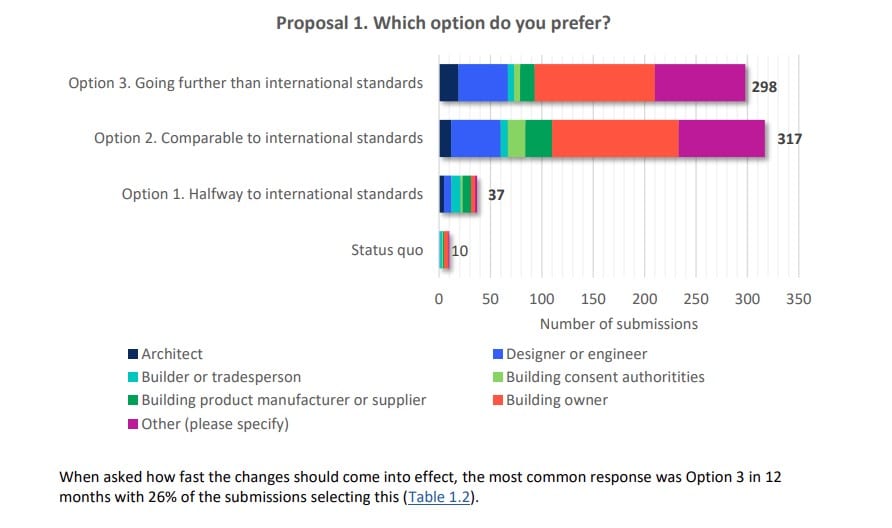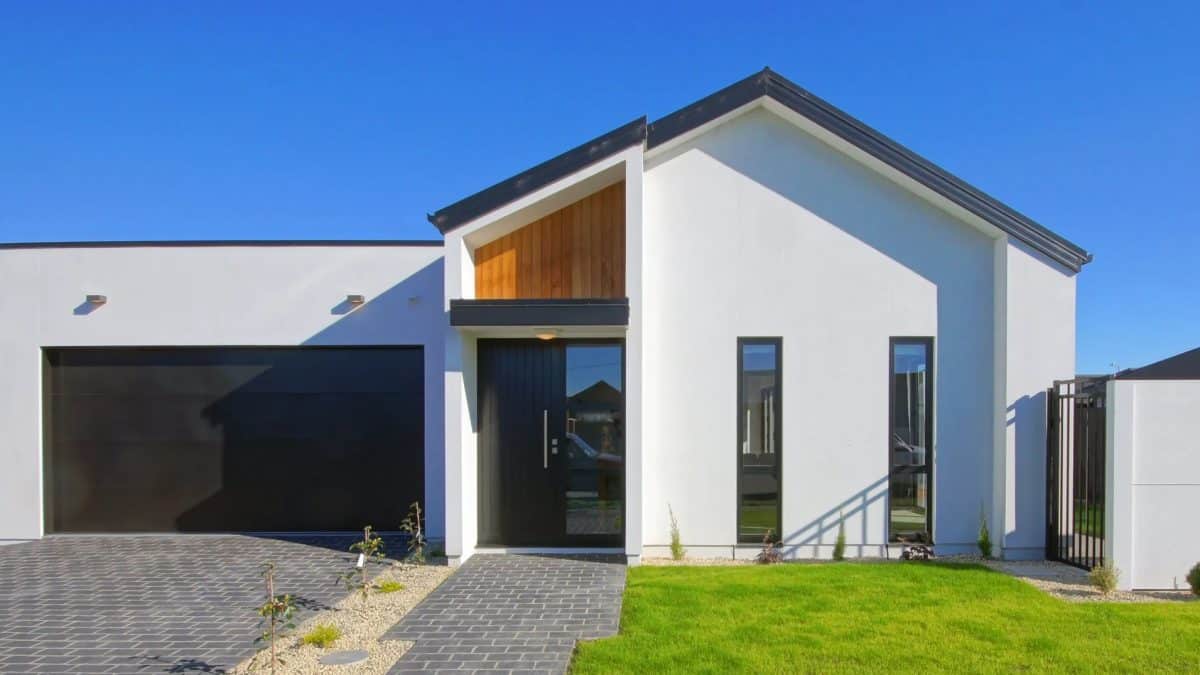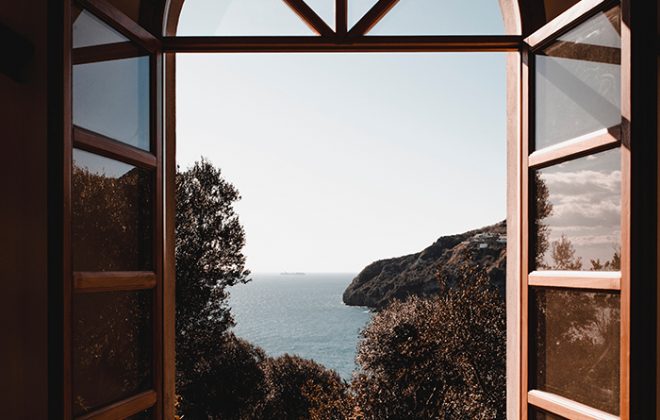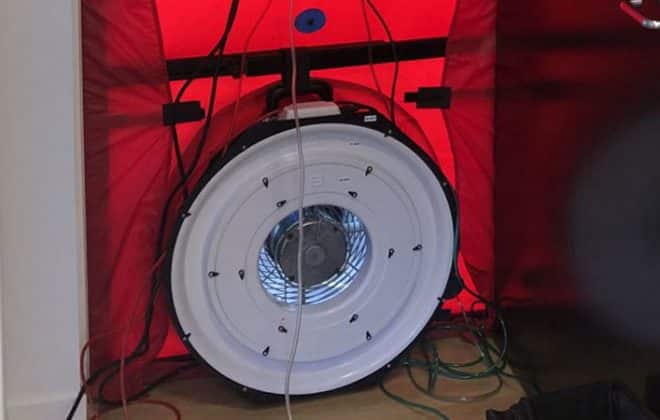Energy efficiency is essential. But can we afford it?

H1 Provides for the efficient use of energy and sets physical conditions for energy performance.
Are the recent changes to H1 clause just a small step along the road to adopting the International Passive House standards across New Zealand, like other members of the OECD experienced? Robert Whitehouse believes they are.
When New Zealand signed the Paris agreement and committed itself to a target of 50% of total energy consumption to come from renewable sources by 2035, and net zero greenhouse gas emissions by 2050, did it also commit itself to dramatically improving the energy efficiency of our homes?
According to MBIE’s quarterly data and analysis on electricity generation and consumption, 40% of our total energy demand comes from the residential sector. While our hydro and geothermal production has remained relatively constant (<2% change between 2020 and 2021), our consumption of coal has increased by 40%, and oil by 97%. We don’t seem to be on track.
So if we can’t or won’t convert our energy source, then we must change our energy use to meet our targets. MBIE recognises this and offers grants to insulate in ceilings and underfloor. Socks and beanies for New Zealand Homes. But is it enough? It seems not. “Warmer Kiwi Homes” grants were offered in 2019 but our total energy demand (residential) has increased by 2.1%. Consuming a whopping 13,260 GWh in 2021, enough energy to boil 60,272 Olympic-sized swimming pools. This increase in use mirrors the increase in population during the same period, but correlation is not causation. How can we expect reduction in reliance on fossil fuels if we don’t increase hydro or geothermal production, while maintaining a steady increase in population, and we don’t do anything else?
It seems energy efficiency is essential, but can we afford it? This might sound like a trick question but it’s not. Most people agree we need to be more efficient, but the evidence shows we are not putting our money where our mouths are. Only a handful of homes each year are recognised as high performance, but does it have to be this way? Robert Whitehouse of Energy Efficient Homes Ltd and Whitehouse Builders thinks not.
 Robert can build you a high-performance home for around $3000 /m². How does he do it? Design. Design of the build and design of the process. He has whittled his processes down to a fine art and he lays it all on the table for the customer. He explains to the client how much the “extra” bits cost and steadily they find the sweet spot.
Robert can build you a high-performance home for around $3000 /m². How does he do it? Design. Design of the build and design of the process. He has whittled his processes down to a fine art and he lays it all on the table for the customer. He explains to the client how much the “extra” bits cost and steadily they find the sweet spot.
“Energy efficiency is affordable.” says Robert, “That’s what we do.”
By understanding the needs of the customer and combining this with his experience, he can find a design that fulfils its brief but still doesn’t cost the earth.
The changes to H1 don’t seem complicated at first. Small changes here and there. The biggest change is in the roof space from R 2.9 / R3.3 to R6.6 from 1 May 2023. But this now means the designers must pack more insulation into their designs. Roofs are now colder above the insulation, increasing the risk of condensation and mould growth. To mitigate the condensation risk, a vapour control layer should be considered between the insulation and the internal linings. A small change to the window R value means manufacturers are scrambling to adopt thermally broken systems. This has put the industry under pressure and lead times have increased.
One has to wonder, if we are going to change something, is it better to creep slowly towards our target adjusting each year for the next 12 years? Or do we take a leap of faith? A paradigm shift requires a mindset change, we need to celebrate the achievements that exemplify our goals. If we keep celebrating sprawling single-storey homes that have unknown energy demands, huge footprints and no regard for efficiency, how can we move towards being a country that takes its commitment to the Paris Treaty seriously?
MBIE consulted on whether to change the H1 requirements and the results were interesting. They offered 4 options, they can be summarised as Status Quo (do nothing), go halfway to international standards, comparable to international standards, or going further than international standards.

As you can see, most respondents wanted to meet or exceed international standards and yet we are only shooting for somewhere between Halfway and Comparable. Was this as a result of push back from the industry players? A case of “He who pays the piper…?”
We are not the first nation to change their building code. During the Oil Crisis of the 1970’s, extreme fuel hardship was felt across Europe and people were literally dying in their homes. This prompted some countries to change how they built their homes and reduce the need for fossil fuels. From this the Passive House movement was born and the development began. The systems and materials were rigorously tested through models such as WUFI® and PHPP, and in practice. Mistakes were made and lessons learnt. The systems in use across Europe and North America today are a direct result of this research and development process. The products and the methods are based on science – not belief. So why are we not adopting international best practice now? Will it really break the industry if we did?
We believe we need to C. L. I. M. E. out of the hole we are in.
Calculate – prove mathematically that the numbers stack up. Money spent on insulation is not wasted. You’ll get your pay back, you’ll be healthier, more comfortable and have lower energy bills.
Legislate – Doing what is right is not always popular, doing what is popular is not always right. Our minimum standards are decades behind other OECD countries and it shows in our child health statistics.
Innovate – Finding new ways to build that meets our cultural needs in an exposed maritime climate takes creativity and imagination. Our building industry should be encouraging innovation and material development along with adopting innovative systems from overseas that have been proven to work.
Motivate – If we celebrated homes that put energy efficiency, comfort and health first we would motivate buyers, builders and architects to pursue a new paradigm of construction that puts us on target for 2035 and 2050.
Educate – the unknown can produce fear and reluctance. By educating homeowners, builders and designers, change can be more welcome and a shift towards a better way to build can gain momentum.
Some builders, like Robert Whitehouse, took the red pill years ago and see the building code as the worst house they are allowed to build. It is a standard they use as a minimum requirement by law, not their minimum requirement as builders and designers. They have found ways to design and build, which means the customer gets a home that prioritises function, comfort, and health while still being able to balance the aesthetic and cost.
—-
Author: Ben Ingledew, Regional Sales Manager – Canterbury, Pro Clima NZ
Categories
Authors
Recent articles
- Drier Education: An Insight into the MOE’s Weathertightness Design Requirements for School Buildings March 26, 2024
- Insulating Kitchen and Bathroom Walls March 12, 2024
- Renovating the EnerPHit way in the ‘Winterless’ North October 3, 2023
- Energy efficiency is essential. But can we afford it? May 5, 2023
- A Builder’s Journey Towards a Healthier Future with His Own Passive House Build January 12, 2023





